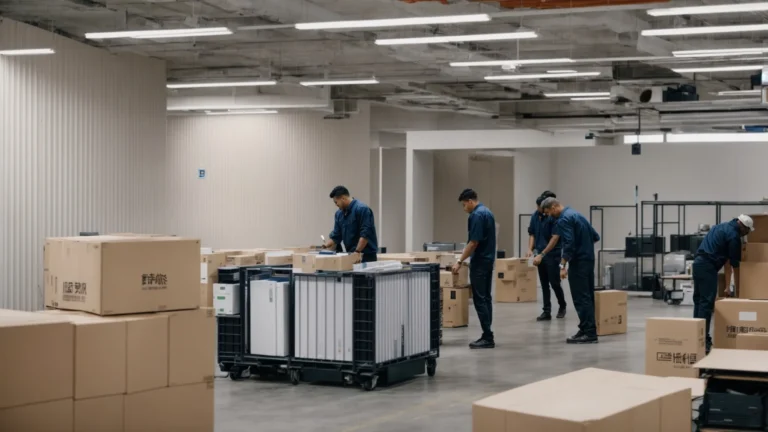Rodent pressure along the bayside stays active most of the year, and fall is when prevention work pays off most. A coastal climate with mild seasons lets mice and rats keep foraging and nesting, so early action reduces the chance of winter colonies indoors. For homeowners weighing safety and effectiveness, the goal is simple: stop entry, remove attractants, and use the lightest-touch controls that rid of rodents in Northwest Virginia Beach—no matter what the season. To orient readers and resources, this article focuses on science-backed practices that lower rodenticide use while protecting people, pets, and wildlife.
Why Eco-Safe Methods Matter on the Coast
Coastal neighborhoods sit near sensitive habitats where persistent rodenticides can travel through food webs and harm non-target animals. Recent research supports combining anticoagulants at reduced doses when needed, a strategy that lowers environmental persistence while maintaining control potential for brown rats. In practice, this approach pairs with nonchemical tactics—exclusion, sanitation, and monitoring—to cut overall bait use. The result is a program that answers homeowner concerns about secondary poisoning risks without sacrificing outcomes.
Start with What Attracts Rodents—and Remove It
- Remove leaf piles, stacked materials, and dense groundcover near the foundation to eliminate cover and nesting sites.
- Trim shrubs and lift branches 2–3 feet off walls to reduce rodent travel paths along the perimeter.
- Secure garbage with tight lids and avoid composting meat, dairy, or pet food that broadcasts strong odors in coastal winds.
- Eliminate standing water and repair outdoor leaks before heavier fall rains to reduce moisture attractants.
- If appropriate for the section, tie drainage notes to the Lynnhaven River corridor without clustering local mentions.
Exclusion: The Highest-Impact, Lowest-Risk Control
- Seal gaps ≥ 1/4 inch (mice) and ≥ 1/2 inch (rats) with chew-resistant materials such as metal mesh or concrete.
- Target utility penetrations, door sweeps, roofline seams, crawlspace vents, and screen repairs to close common paths.
- Add weather stripping and tighten thresholds for dual benefits in energy savings and rodent resistance.
- Reinspect annually, as sandy soils and settling can open new cracks, especially in older homes.
Evidence-Based Use of Reduced Rodenticides (When Needed)
Not every situation requires rodenticide, but when infestations are active and other methods are insufficient, lower-dose anticoagulant combinations have scientific support. Research shows that multifold reduced doses of certain anticoagulants can control rats while lessening the ecological footprint and risk to predators and pets. This path works best inside an Integrated Pest Management framework that monitors results and tapers chemical use as populations fall. The intent is to treat precisely, then shift back toward nonchemical maintenance.
Monitoring that speeds resolution and limits risk
- Use remote sensors to detect visits and dispatch targeted service where activity is verified.
- Shorten the detection-to-response window to minimize overuse of baits and reduce indoor incidents.
- Pair sensors with routine visual checks to validate patterns and adjust placement.
Local Fall Prep Playbook: Practical Steps that Work
- Clear leaves and perimeter clutter; thin shrubs and lift branches along the foundation.
- Move woodpiles 20–30 feet from the home and elevate at least 18 inches for airflow and inspection.
- Repair hose bibs; clean gutters; direct downspouts away from the foundation before fall storms.
- Screen crawlspace vents to balance airflow with exclusion in humid coastal conditions.
Northwest Virginia Beach Neighborhood Experience
Homeowners near Shore Drive see lush growth through fall, which can mask foundation gaps if trimming is deferred. Around First Landing State Park, woodpiles and sheds close to structures often become harborage unless they’re elevated and rotated. In older areas not far from the Cape Henry Lighthouse, settling can open new cracks each season, so annual exterior sealing and crawlspace checks are smart maintenance. These micro-adjustments, distributed throughout the year, reduce the odds of a surprise winter incursion.
Trapping and Non-Toxic Tactics that Complement Exclusion
- Place snap traps or enclosed stations along runways after sealing and sanitation for targeted control.
- Use non-toxic lures to confirm activity before selecting any treatment approach.
- Leave a few stations for validation as pressure declines and shift to monthly checks for verification.
When a Professional Visit Makes Sense (One Neutral Mention)
Universal Pest & Termite, Inc. can evaluate rodent infestations in Northwest Virginia Beach—not limited to entry points, moisture conditions, and monitoring data—to tailor an IPM plan that favors exclusion and targeted measures. The emphasis is on dialing chemical inputs down over time while maintaining result quality. In homes with recurrent crawlspace issues, a professional inspection can align ventilation, drainage, and screening to cut future visits. This approach is particularly relevant in humid bayside pockets where rodents remain active longer each year.
Balancing Safety, Results, and Coastal Stewardship
A coastal-friendly program prioritizes habitat management, access denial, and fast feedback loops, reserving rodenticides for specific cases. Where rodenticides are used, lower-dose anticoagulant combinations supported by recent studies can reduce persistence and non-target risks. With monitoring that accelerates decision-making, the net effect is fewer chemicals, better outcomes, and greater protection for local wildlife and pets. Homeowners get practical, repeatable steps that hold up through fall and into winter.


